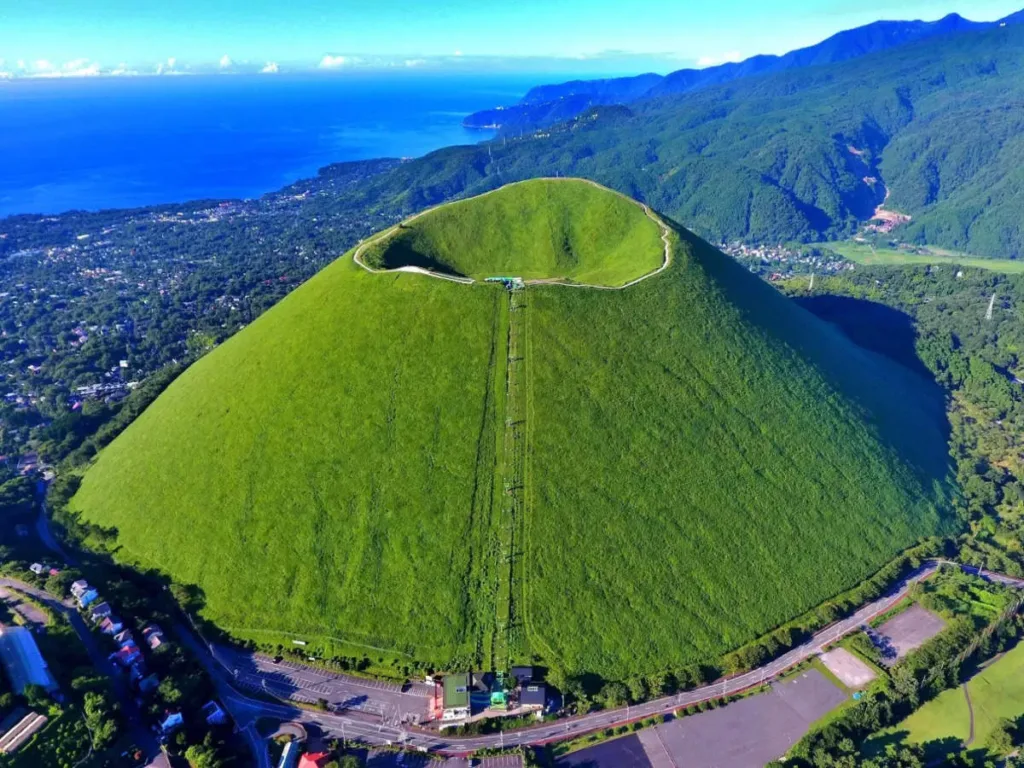In an increasingly polluted world, finding clean air and pure environments has become a luxury. The haze, a blanket of air pollution that obscures visibility and poses health risks, has become a common sight in many cities around the globe. But amidst the growing concerns about air quality, there are still pockets of pristine air and breathtaking natural beauty waiting to be discovered.
What is Haze?
In the realm of atmospheric phenomena, haze stands as an enigmatic veil, obscuring the clarity of our skies and casting a shadow over the beauty of our natural world. It is a suspension of fine dust, smoke, or other dry particles in the air, often originating from a multitude of sources, both natural and human-induced.
The Origins of Haze: A Complex Tapestry of Sources
The formation of haze is a complex process, intricately woven from a tapestry of natural and anthropogenic factors. Natural sources, such as volcanic eruptions, wind-blown dust from deserts, and forest fires, contribute significantly to the haze phenomenon. These natural processes release a multitude of particles into the atmosphere, scattering sunlight and reducing visibility.
Read More: Emergency bushfires in northern Perth are threatening both life and property.

Human activities, however, play a far more prominent role in the creation of haze. The burning of fossil fuels for transportation, energy production, and industrial processes releases a cocktail of pollutants, including sulfur dioxide, nitrogen oxides, and particulate matter. These pollutants, when combined with favorable meteorological conditions, can lead to the formation of dense haze, often enveloping cities and regions in a suffocating blanket of air pollution.
The Impacts of Haze: A Multifaceted Threat to Human Health and Environment
The presence of haze is not merely an aesthetic concern; it poses a significant threat to human health and the environment. The inhalation of fine particles, the primary constituents of haze, can lead to a range of respiratory ailments, including asthma, bronchitis, and lung cancer. Prolonged exposure to haze can also exacerbate cardiovascular diseases and increase the risk of premature death.
Haze harms the environment too. The particles in Haze block sunlight, hurting plant growth and ecosystems. Haze particles on plants and water affect aquatic and terrestrial ecosystems.
Combating Haze: A Multi-Pronged Approach to Restoring Clear Skies
Addressing the haze problem requires a multi-pronged approach that tackles both natural and human-induced sources of air pollution. Effective strategies include:
- Reducing Emissions from Fossil Fuel Burning: Transitioning from fossil fuels to cleaner energy sources, such as renewable energy, can significantly reduce the emissions of sulfur dioxide, nitrogen oxides, and particulate matter, thereby mitigating haze formation.
- Controlling Industrial Emissions: Implementing stricter emission standards and promoting cleaner industrial processes can help to reduce the release of pollutants into the atmosphere.
- Enhancing Air Quality Monitoring: Strengthening air quality monitoring networks and expanding real-time data access can provide valuable information to inform emission control strategies and public health advisories.
- Promoting Sustainable Transportation: Encouraging the use of public transportation, cycling, and walking, along with promoting electric vehicles, can significantly reduce transportation-related emissions.
- Protecting Forests and Natural Landscapes: Conserving forests and natural areas helps to reduce wind-blown dust and prevent the release of pollutants from wildfires.
- International Cooperation: Fostering international collaboration and sharing knowledge and best practices can accelerate the global effort to combat haze and improve air quality worldwide.
A Collective Responsibility to Clear the Haze
The haze phenomenon serves as a stark reminder of the delicate balance between human activities and the environment. We must cooperate to clean the skies and air for human and environmental health. Sustainable practices, renewable energy, and collaboration can clear the air.
Embark on a Journey to Clean Air
Imagine awakening to the smell of fresh air, the light shining through clean skies, and nature’s sounds. This is not just a dream; it’s a reality that awaits in many corners of our planet.
1. The Pristine Alps: A Haven of Fresh Air
The majestic Alps, stretching across Europe, offer a haven of clean air and breathtaking scenery. The high altitude, lush forests, and magnificent landscapes filter the air and provide a welcome escape from urban pollutants.
2. Fiordland National Park, New Zealand: A Sanctuary of Purity
An unspoiled environment characterises Fiordland National Park, a UNESCO World Heritage Site in New Zealand’s southwest South Island. The park’s lush rainforests, towering mountains, and mirror-like fiords provide a sanctuary of pure air and breathtaking natural beauty.
3. The Azores, Portugal: A Volcanic Oasis of Clean Air
The Azores, nine volcanic islands in the Atlantic Ocean, have clean air, beautiful landscapes, and volcanic wonders. The islands’ remote location and reliance on renewable energy sources have helped to preserve their natural beauty and air purity.
4. The Scottish Highlands: A Wilderness of Fresh Air
The Scottish Highlands’ highlands, lochs, and old woods offer clean air and wildness. Due to low population density and industrial activity, the air quality is fresh and beautiful.
5. The Namib Desert, Namibia: A Breathtaking Oasis of Clean Air
The Namib Desert, along Namibia’s coast, has unusual vistas, rich fauna, and clean air. The desert’s remote location, constant winds, and lack of industrial activity contribute to its exceptional air quality.
Preserving Our Planet’s Clean Air
While these locations offer a respite from the haze, it is crucial to address the global air pollution crisis. To achieve cleaner air, we must reduce fossil fuel use, promote renewable energy, and tighten emission rules.
Embracing a Sustainable Lifestyle
Individual actions also play a significant role in reducing air pollution. Public transportation, cycling, walking, energy conservation, and not driving on pollutant days are simple yet efficient air cleaners.
Conclusion: A Breathtaking Journey into Clean Air
Air purity protects Earth’s air quality for future generations beyond pollution-free zones. Learn about clean air havens and adopt sustainable habits to conserve the ecosystem and create a global society where clean air is a right.
Share this content: